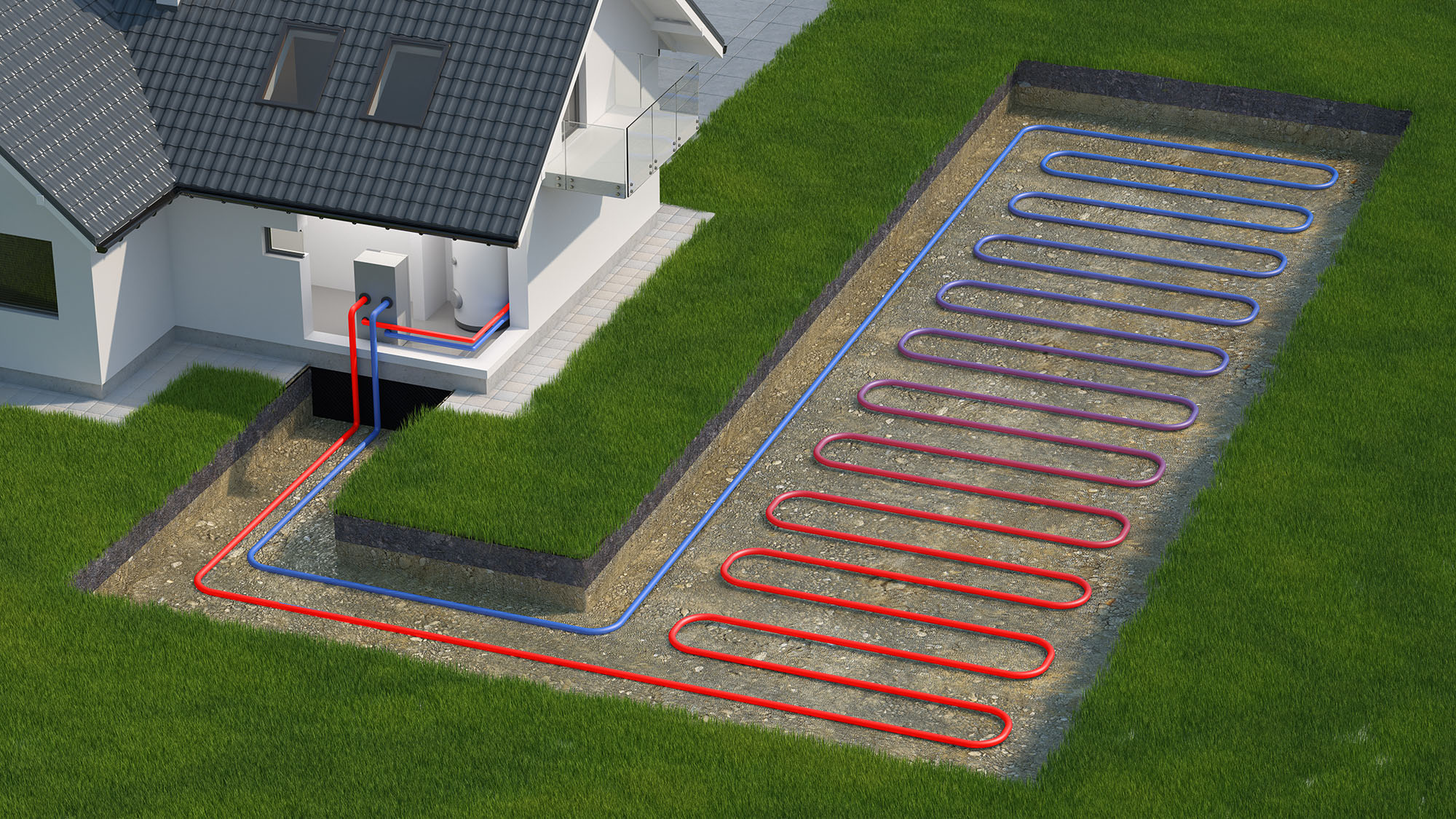
Renewable energy potential: evaluation for Switzerland
Author
Prof. Jean-Louis Scartezzini
EPFL
With more than 40%, heating and cooling buildings represent a significant proportion of the energy demand in Switzerland and are also responsible for a third of the CO2 emissions. The “HyEnergy” project sought to study the potential of hybrid renewable energy systems, i.e. systems combining two types of energy production in the form of heat or electricity.
The project was the first to quantify the maximum amount of energy that can be extracted from geothermal heat pumps deployed on a large scale.
On a national level, it was shown that geothermal heat pumps used solely for heating buildings could cover 30% to 70% of future heat pump needs, depending on the restrictions in place in different cantons.
Why is it important to be interested in these hybrid energy systems?
For what are known as ‘hybrid’ energy systems, shallow geothermal energy is very important because it is linked to other forms of renewable energy. For example, in order to function, heat pumps require an electricity supply that is generally provided by solar panels installed on the roof. Furthermore, geothermal energy is connected to solar thermal energy, which can be used to regenerate the energy extracted from the ground.
Thanks to this seasonal regeneration, it has been calculated that the potential of shallow geothermal energy can be increased by over 50%.
Why is it important to look at the scale of neighbourhoods?
By focusing on buildings, the energy production can be brought closer to the demand – building roofs can be used for solar energy production, i.e. electricity and heat, and gardens and other nearby spaces can be used for geothermal installations. When used in combination, these hybrid energy systems offer great potential for decarbonising Swiss buildings.
Project team
- Prof. Jean-Louis Scartezzini
Laboratoire d’énergie solaire et physique du bâtiment LESO-PB, EPFL - Dr Alina Walch
Laboratoire d’énergie solaire et physique du bâtiment LESO-PB, EPFL - Dr Roberto Castello
Laboratoire d’énergie solaire et physique du bâtiment LESO-PB, EPFL, now at Swiss Data Science Center - Prof. Mikhail Kanevski
Institut des dynamiques de la surface terrestre, Université de Lausanne - Dr Fabian Guignard
Institut des dynamiques de la surface terrestre, Université de Lausanne - Dr Federico Amato
Institut des dynamiques de la surface terrestre, Université de Lausanne, now at Swiss Data Science Center - Dr Nahid Mohajeri Pour Rayeni
University College London
